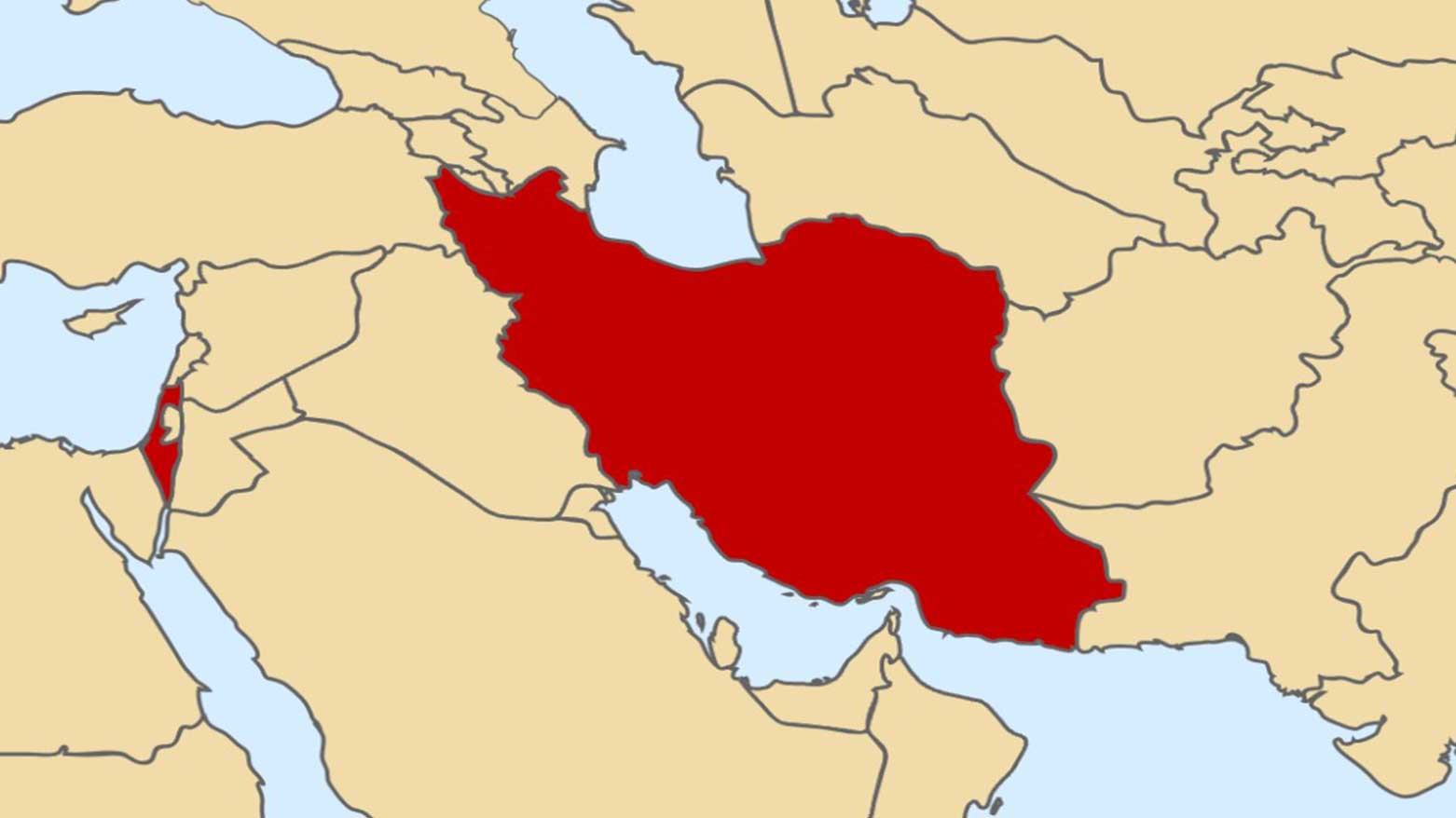Unexploded Israeli Munition Kills One, Injures Nine in Western Iran
According to Iran’s official news agency IRNA, the blast occurred near the city of Beyranshahr in Lorestan province. A statement from the IRGC described the device as “unexploded ordnance of the Zionist regime.”

ERBIL (Kurdistan24) — An unexploded munition left over from the brief but intense war between Israel and Iran earlier this year detonated on Tuesday in western Iran, killing one person and injuring nine others, state media reported.
According to Iran’s official news agency IRNA, the blast occurred near the city of Beyranshahr in Lorestan province. A statement from the Islamic Revolutionary Guard Corps (IRGC) described the device as “unexploded ordnance of the Zionist regime.”
The incident comes just two months after 12 days of fierce fighting in June, during which Israel carried out a series of strikes on Iranian nuclear and military facilities. More than 1,000 people, including senior commanders and nuclear scientists, were killed in the Israeli attacks, according to Iranian officials.
In retaliation, Tehran launched missile and drone barrages that killed dozens inside Israel. The United States briefly intervened in the conflict by targeting Iranian nuclear sites before announcing a halt in hostilities on June 24.
While fighting subsided, no formal ceasefire agreement was reached, leaving both sides on high alert. Iranian leaders have since repeatedly warned of the possibility of renewed confrontation.
On Sunday, Yahya Rahim Safawi, a senior military adviser to Supreme Leader Ayatollah Ali Khamenei, told local media that Iran was “preparing plans for the worst-case scenario.”
The explosion in Lorestan highlights the lingering dangers of unexploded ordnance from the June war, as both Tehran and Tel Aviv continue to brace for potential escalation.
The June war marked the most direct and destructive confrontation between Israel and Iran in history. The conflict erupted after months of rising tensions over Iran’s nuclear program, Israel’s repeated warnings that Tehran was approaching “breakout capacity,” and cross-border incidents involving Iranian-backed groups in Lebanon, Syria, and Iraq.
Israel’s campaign targeted nuclear facilities in Natanz, Isfahan, and Fordow, alongside missile depots and command centers. The strikes, unprecedented in their scale, killed several of Iran’s top military and scientific figures. Tehran’s retaliation through missile and drone strikes overwhelmed Israeli air defenses in parts of the country, exposing vulnerabilities in Israel’s security system and sparking widespread public anxiety.
The United States, initially reluctant to intervene, joined Israel militarily after reports suggested Iran’s nuclear sites were still operational and being restored. Washington, however, quickly shifted its approach, pressuring both sides to halt hostilities amid fears of a wider regional war drawing in Hezbollah, the Gulf states, and U.S. bases in Iraq.
Although a cessation of hostilities was declared on June 24, the absence of a formal ceasefire agreement has left the Middle East on edge. Observers warn that without a durable political framework, even minor incidents — such as Tuesday’s explosion in Lorestan — risk reigniting a broader confrontation between the two sworn enemies.
